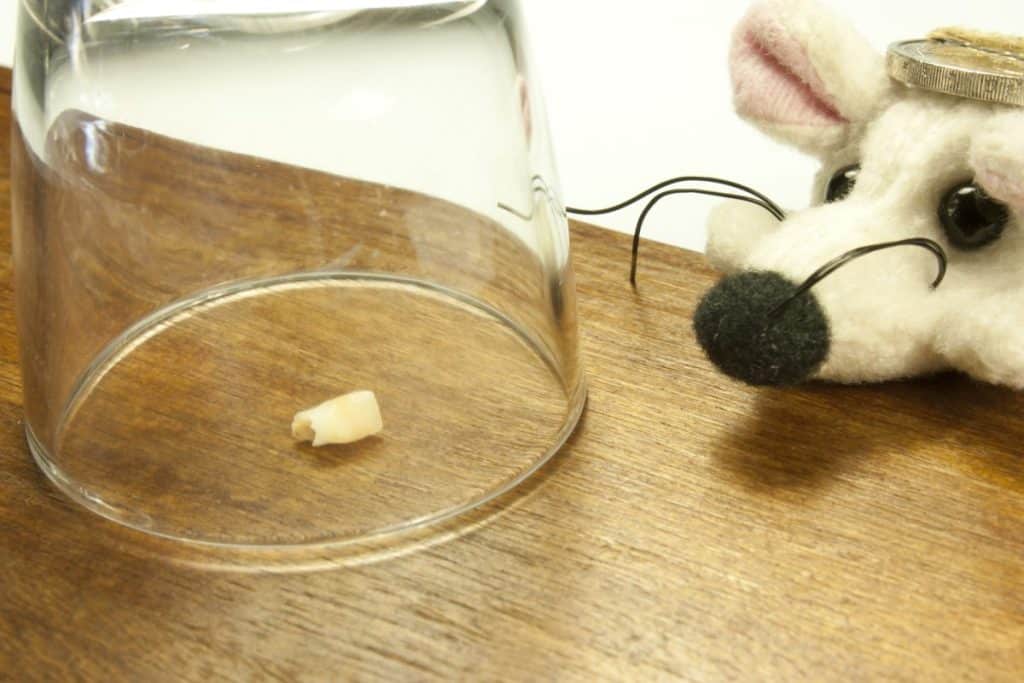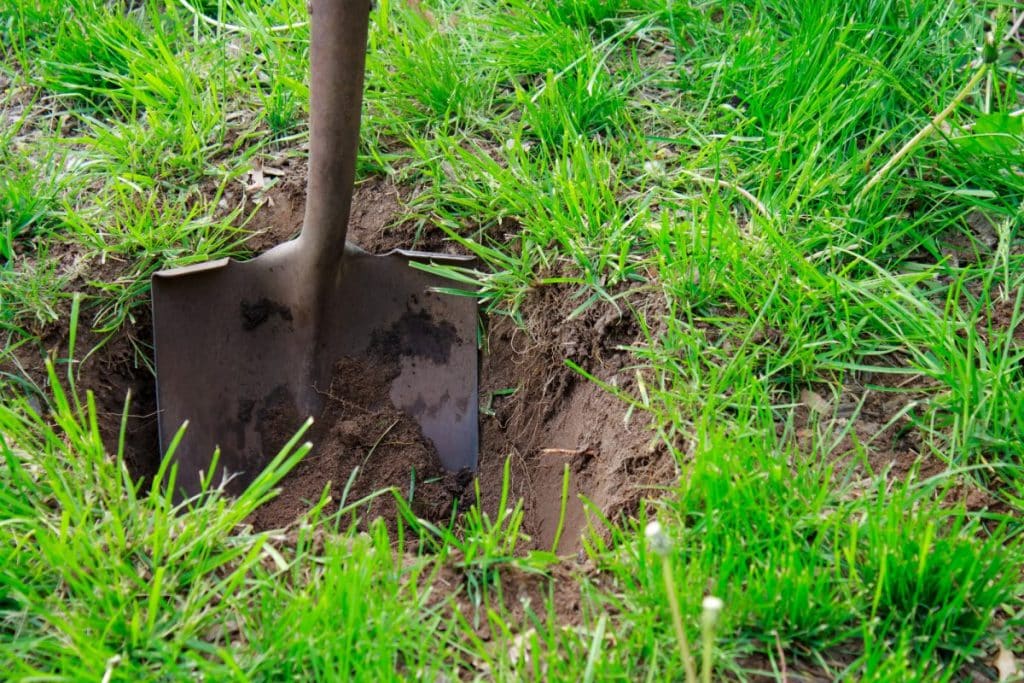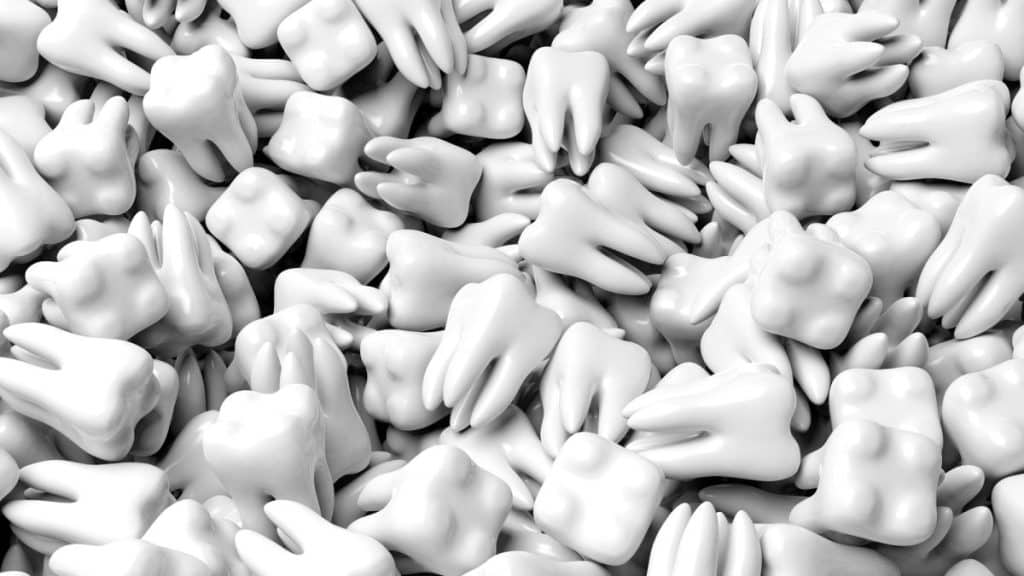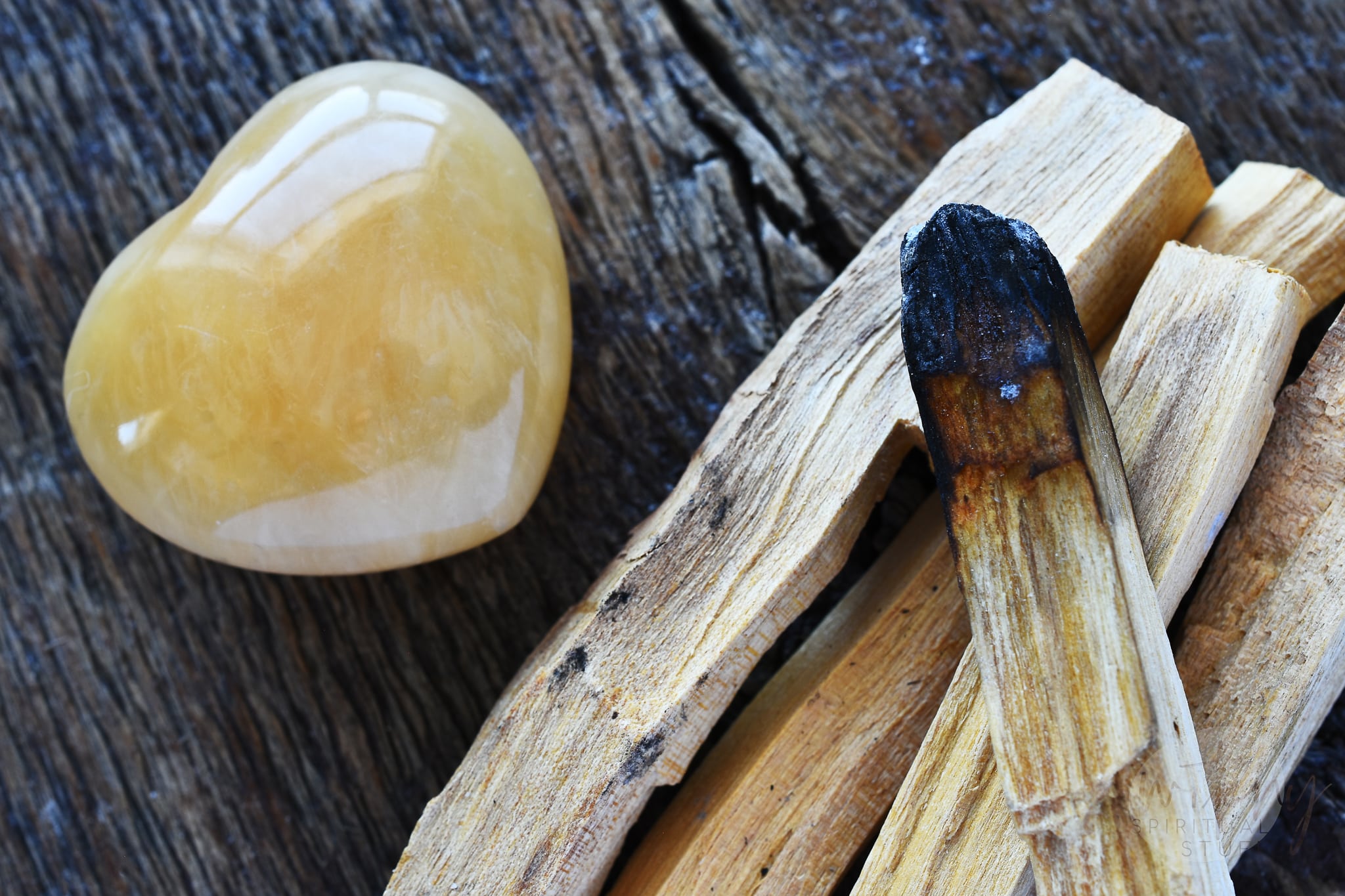The Tooth Fairy Unmasked: Delving into Ancient Origins, Enchanting Lore, and Magical Connections
The Tooth Fairy is a character who has captured the hearts and minds of children and adults alike for generations.
This mystical figure is known for visiting children while they sleep, collecting their lost teeth from under their pillows, and replacing them with a small gift or money.

But have you ever wondered where the Tooth Fairy originated or what the ancient and bewitching connections are that surround this captivating figure?
Table of Contents
A Timeless Tale – Tracing the Tooth Fairy’s Ancestry
The Tooth Fairy’s ancestry spans across time and a multitude of cultures, each with its own unique beliefs and customs surrounding lost teeth.
As we journey through the ages, we’ll uncover the ancient origins of this enigmatic figure and the many forms she has taken throughout history.
The Viking Connection – Norse Traditions and Tooth Talismans
One of the earliest known connections to the Tooth Fairy can be traced back to the Vikings and their belief in the mystical powers of children’s teeth.
These fierce warriors valued the lost teeth of their young ones, believing that they held magical properties capable of bringing good fortune in battle.

In an effort to harness this power, the Vikings would create “tand-fé” or “tooth-fee” talismans, stringing together their children’s lost teeth to wear as protective charms.
The Tooth Mouse: A European Tradition Spanning France and Spain
In French and Spanish folklore, the role of the Tooth Fairy is assumed by a tiny, clever mouse known as “la petite souris” or “Ratoncito Pérez.”
This diminutive creature is said to visit children when they lose a tooth, sneak into their rooms, and retrieve the tooth from under their pillows, leaving behind a small gift or coin in exchange.

This charming tradition dates back to the 17th century and remains a popular belief in these cultures to this day.
Rituals and Rites – Tooth Customs from Around the World
Across the globe, countless cultures have developed unique customs and rituals surrounding children’s lost teeth.
From tossing teeth onto roofs to burying them in the ground, these practices are rooted in superstition, folklore, and tradition.
The Tossing Tradition – European and Middle Eastern Customs
In many European and Middle Eastern cultures, a common practice when a child loses a tooth is to dispose of it in a ritualistic manner. Children are often instructed to throw their lost teeth onto the roof, over their shoulders, or into a fire.
These rituals are believed to ensure the growth of strong, healthy adult teeth and protect the child from harm or evil spirits.
Section 2: The Witchcraft Connection – Tooth Witches and Medieval Britain
Intriguingly, the Tooth Fairy’s history is intertwined with witchcraft, particularly in medieval British folklore.

During this time, it was widely believed that witches could gain control over a person by possessing a piece of their body, such as a tooth.
To prevent this, parents would perform a ritual known as “binding the tooth witch,” burying or burning their child’s lost tooth to protect them from the witch’s malevolent influence.
The Birth of the Modern Tooth Fairy – A Melding of Myth and Tradition
The contemporary Tooth Fairy, as we know her today, emerged in the early 20th century in the United States. This enchanting character is the result of an amalgamation of various ancient beliefs and customs from around the world.
A Modern Icon – The Tooth Fairy’s Emergence in the United States
It is widely believed that the modern Tooth Fairy was born in the United States during the early 1900s. This period saw an increasing focus on children’s dental hygiene and a growing interest in fairy tales and folklore.

The Tooth Fairy’s creation can be seen as a response to these cultural shifts, providing a whimsical character that both entertained and encouraged children to care for their teeth.
The Power of Storytelling – The Tooth Fairy’s Journey Through Time
As we trace the Tooth Fairy’s evolution over time, we can see how this figure has transformed from a diverse array of ancient customs and beliefs into the captivating character we know today.
This fascinating journey is a testament to the power of storytelling and the human imagination. The Tooth Fairy continues to inspire wonder and delight in the hearts of children and adults alike, offering a glimpse into the magical realm that lies just beyond the reach of our everyday lives.
The Tooth Fairy in Contemporary Culture – A Timeless Presence
Despite living in an increasingly digital and technologically advanced world, the Tooth Fairy remains a cherished figure in popular culture.
Parents continue to share the story of the Tooth Fairy with their children, fostering a sense of wonder and nurturing a connection to the generations that came before them.
Section 1: The Tooth Fairy in the Digital Age – Adapting to a Changing World
As our world becomes more interconnected and technology-driven, the Tooth Fairy has found new ways to adapt and remain relevant.
From mobile apps that help children track their lost teeth to online stories and games, the Tooth Fairy’s presence can be found throughout the digital landscape.
This adaptability ensures that the Tooth Fairy remains a vibrant part of our shared cultural heritage, even as the world around us changes.
The Tooth Fairy’s Enduring Charm – Inspiring Wonder in a Modern World
At the core of the Tooth Fairy’s lasting appeal is her ability to inspire a sense of wonder and enchantment in both children and adults. By preserving this mystical figure’s ancient origins and magical connections, we can ensure that the Tooth Fairy continues to captivate and delight future generations.
So, the next time a child loses a tooth, take a moment to celebrate the magic of the Tooth Fairy and her extraordinary journey through time.
Embracing the Tooth Fairy’s Enchanting Legacy
As we delve deeper into the myth of the Tooth Fairy, we uncover a fascinating tapestry of ancient origins, cultural traditions, and magical connections.
This beloved figure serves as a reminder of the rich heritage of human storytelling and the enduring power of our collective imagination.
By understanding the Tooth Fairy’s roots and appreciating her enchanting legacy, we can ensure that this timeless figure remains a cherished part of our cultural fabric for generations to come.
Let the magic of the Tooth Fairy continue to inspire wonder and awe as we pass on her enchanting tale to future generations.






